Amateur Golf
Europe’s Best Pro-Am Golf Events for Amateurs
Explore 33,000+ golf courses in 180 countries.
Follow the latest news and trends in golf.
Connect with like-minded golfers.
Find everything you need for your golf equipment and gear needs.
Travel, golf resorts, lifestyle, gear, tour highlights and technology.
All Square
Suggestions
Amateur Golf
Europe’s Best Pro-Am Golf Events for Amateurs
Course Reviews
Top 10 Par‑3s You’ll Never Forget
Course Reviews
The Architects Behind Europe’s Most Iconic Courses
Destinations
Europe’s Best Resorts for Couples
Contests
The Skins Game: Results & Overview
Community
Rewilding the Rough: Nature-First Golf Design
Course Reviews
The History Behind the Ryder Cup Courses
Destinations
Golfing the Mediterranean: From Costa Brava to Sicily
Destinations
How to Choose Between Spain’s Top Golf Regions
Clubs
Sami Välimäki’s Breakthrough WITB at The RSM Classic
Community
Essential Etiquette for International Golfing
Course Reviews
Europe’s Most Photogenic Golf Holes
Abu Dhabi HSBC Championship
Aaron Rai’s Winning WITB at Abu Dhabi HSBC Championship
Course Reviews
The Best Golf Courses Near Pinehurst That Aren’t Pinehurst No. 2
Course Reviews
The Els Club Vilamoura: Golfing Grandeur in the Algarve
Course Reviews
Exploring the Sandbelt Courses of Melbourne, Australia
Destinations
Arabella Golf Resort Mallorca Unveils New Brand Identity
Clubs
Justin Rose’s Winning WITB – 2025 FedEx St. Jude Championship
Course Reviews
Le Golf National – Albatros: A Renovation for the Future
Clubs
WITB: Scottie Scheffler’s Victory at the 2025 BMW Championship
All Square
Vietnam Golf Gems: Top Courses on an All Square Journey
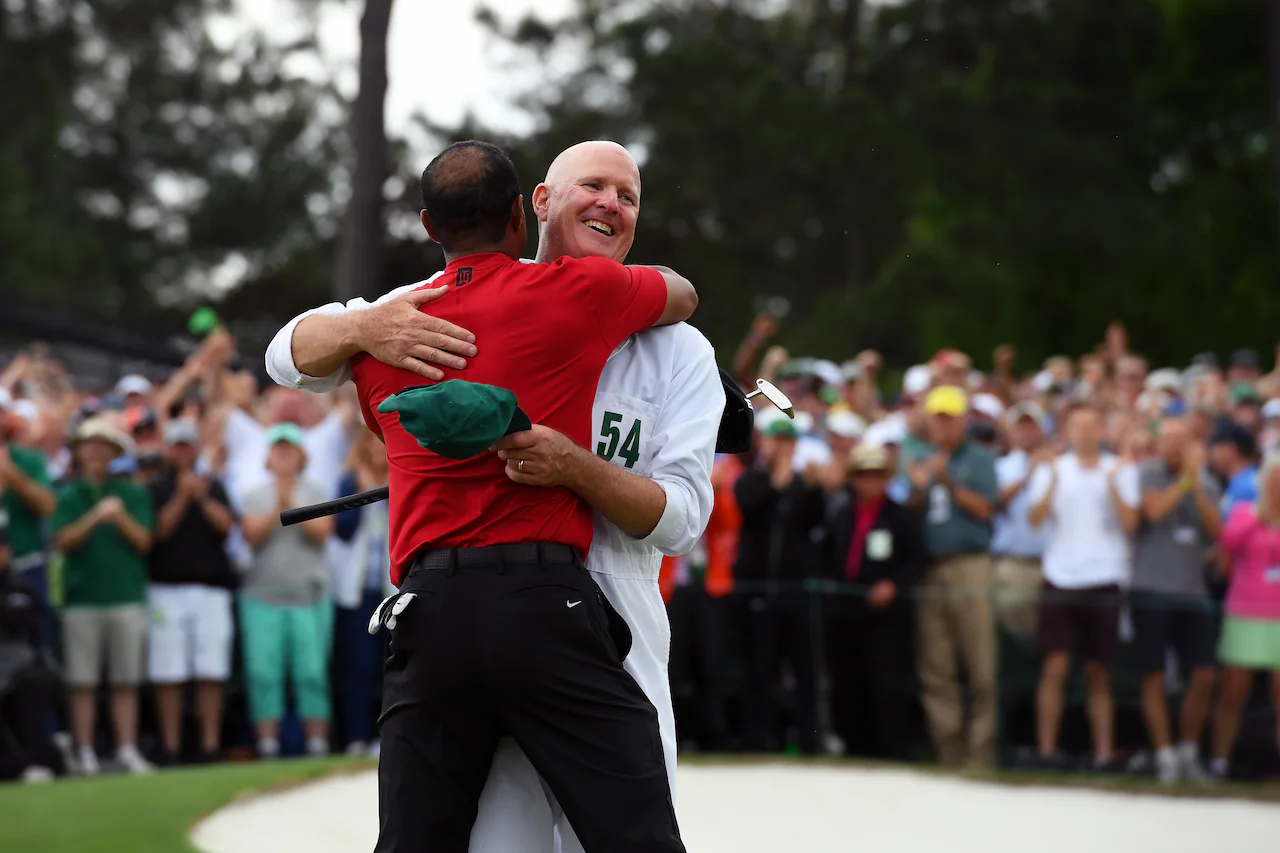
Golf is a game where every blade of grass and a gust of wind can alter fate, a delicate dance of skill, strategy, and nerve played out across some of the world’s most storied landscapes. While the players command the spotlight, swinging clubs and sinking putts, a quieter figure looms just offstage: the caddie. More than a mere assistant, the caddie is a confidant, a tactician, and often the unseen hand guiding a golfer to glory. Their role in shaping success is profound, rooted in a deep connection to the course and an unspoken bond with their player.
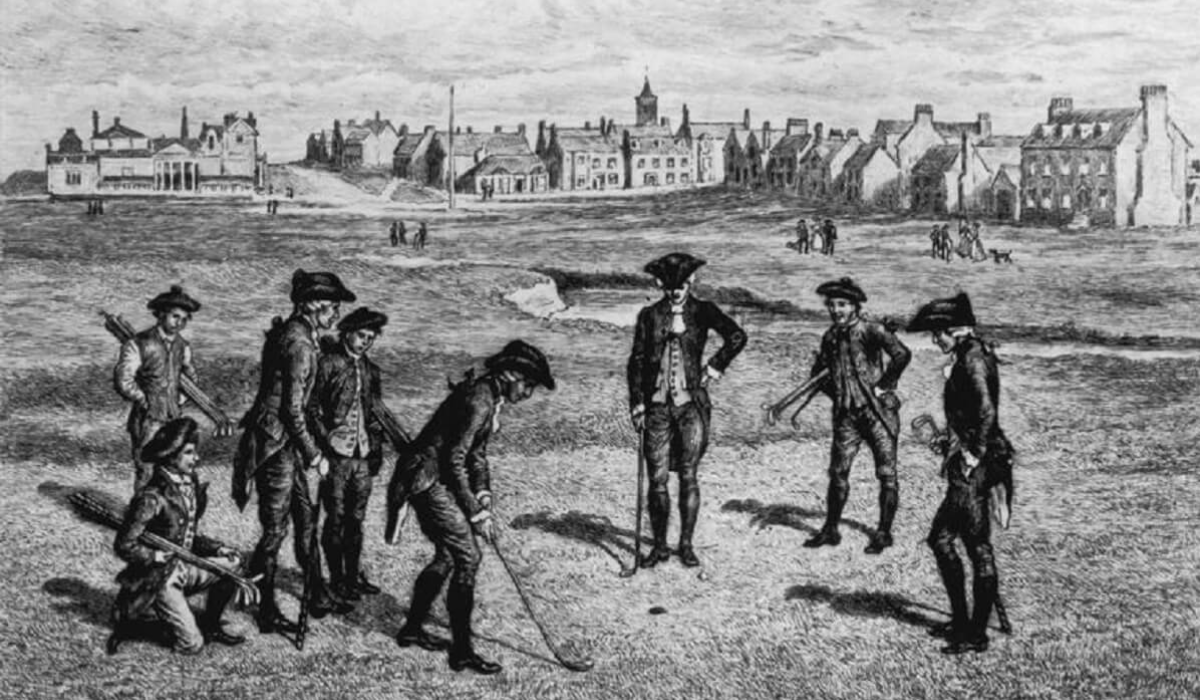
The story of the caddie begins on the rugged links of Scotland, where golf took root centuries ago. The term “caddie” traces its origins to the French “cadet,” a young helper or errand boy, a fitting start for a role that emerged in the sport’s infancy. At St Andrews, the “Home of Golf” on Scotland’s Fife coast, caddies were initially tasked with lugging clubs across the wind-whipped Old Course, a layout dating to the 15th century. Its 112 bunkers—like the treacherous Road Hole pit—and unpredictable North Sea breezes soon demanded more than muscle. Caddies evolved into course whisperers, their knowledge of the land’s quirks turning them into vital allies.
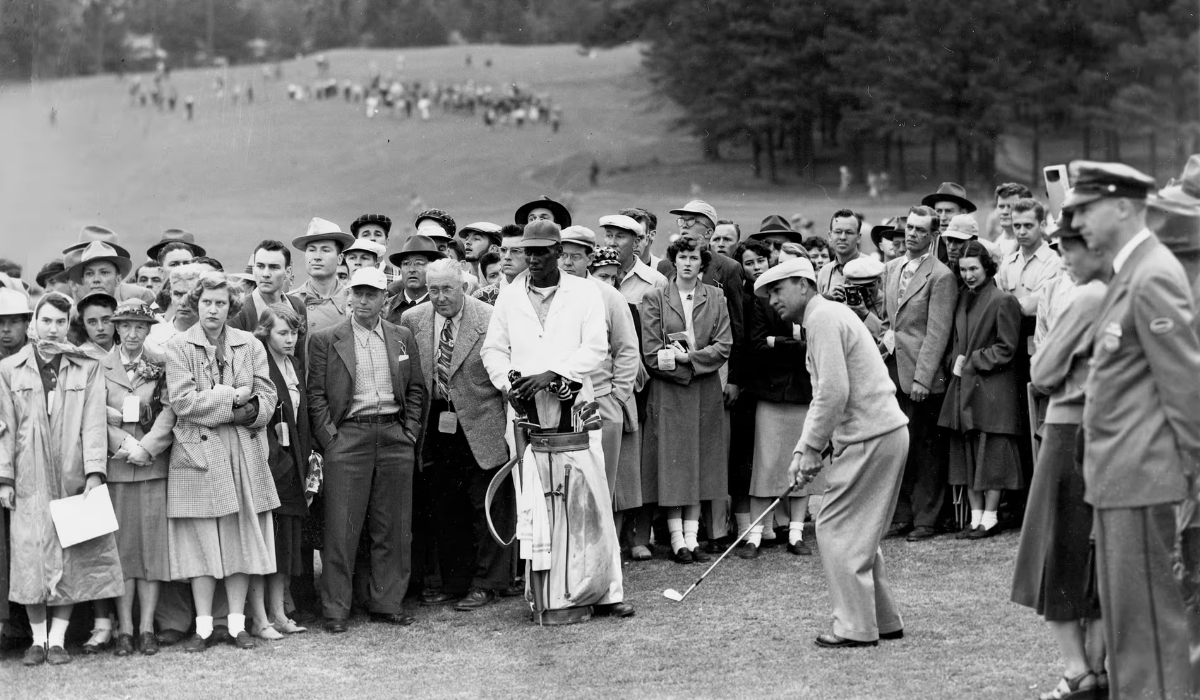
By the time golf crossed oceans to Augusta National — a former indigo plantation in Georgia’s rolling Piedmont, founded in 1933 by Bobby Jones and Alister MacKenzie — the caddie had become indispensable. Augusta’s early tradition of requiring local caddies, many from the nearby Sand Hills community, cemented their legacy, with figures like Willie “Pappy” Stokes earning renown for reading greens with near-supernatural precision.
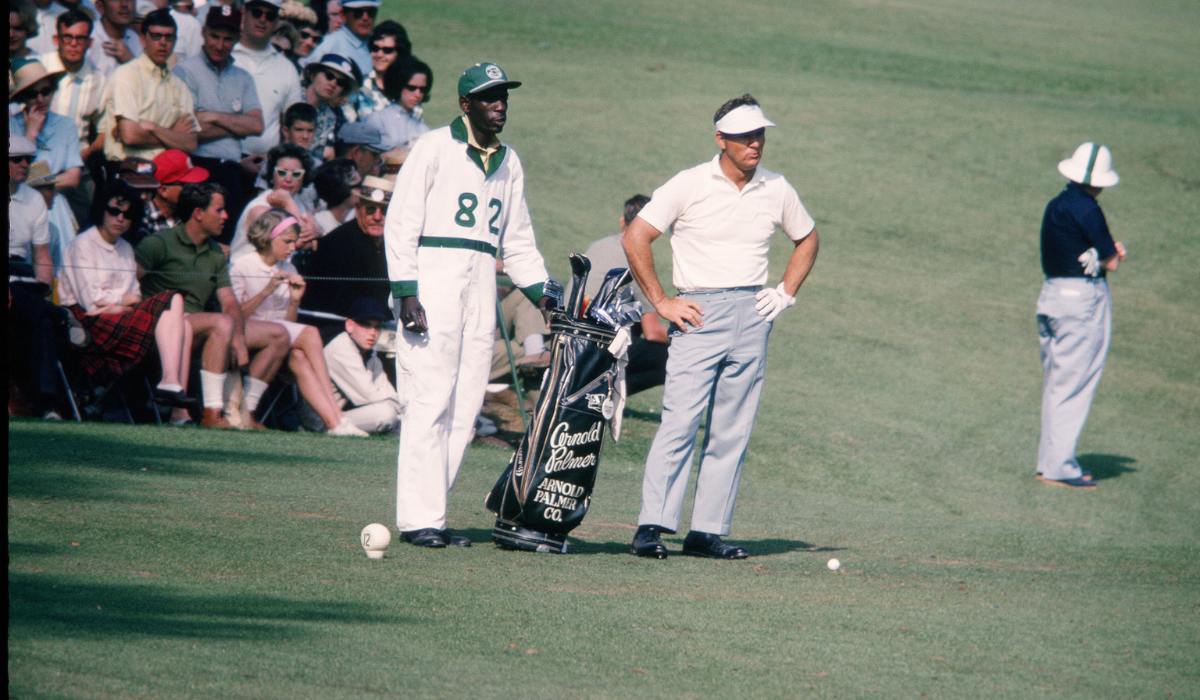
A caddie’s true power lies in their mastery of the terrain. At Pebble Beach Golf Links, perched on California’s Monterey Peninsula, the Pacific Ocean frames a breathtaking but brutal test. The 7th hole, a 106-yard par-3, seems tame until winds off the cliffs transform it into a gamble amid cypress trees and sea otters bobbing below. During the 1992 U.S. Open, Tom Kite’s caddie, Mike Carrick, swapped a wedge for a 6-iron, sensing gusts others missed—a move that saved a par and paved the way to victory. Similarly, at Royal Troon on Scotland’s Ayrshire coast, the “Postage Stamp” 8th hole, a 123-yard par-3 flanked by a coffin-shaped bunker, bows to caddies who can read the Irish Sea’s whims. In 1973, Gene Sarazen’s caddie guided the 71-year-old to an ace there, a moment etched in Open Championship lore.
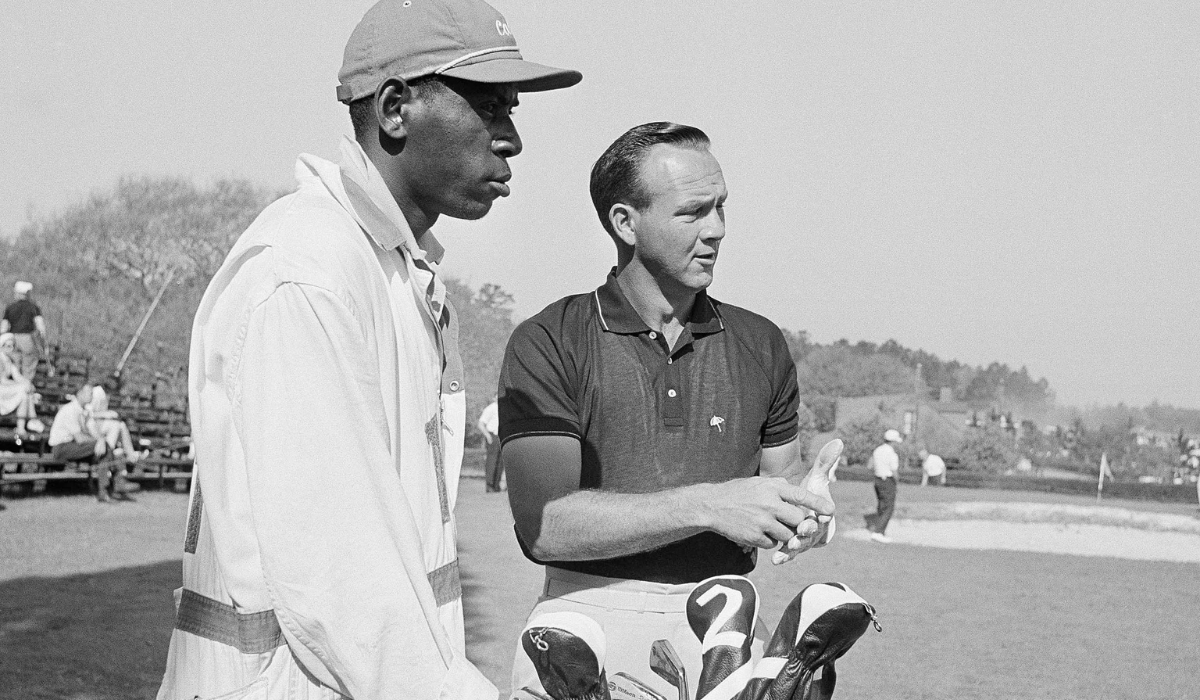
Beyond the physical, caddies are mental anchors. At Augusta, where azaleas bloom along the 13th and the greens slope like glass, Nathaniel “Iron Man” Avery once talked Arnold Palmer out of a risky shot on the par-3 12th in 1958, securing his first Masters win. The caddie knows when to soothe, when to jest, and when to step back, forging a partnership that steadies a player when the stakes soar. On courses like Lahinch in Ireland’s County Clare, where goats roam fairways shaped by Atlantic gales since 1892, caddies even weave local tales — say, of a goat bolting for cover before rain — to lighten the mood, blending strategy with soul.
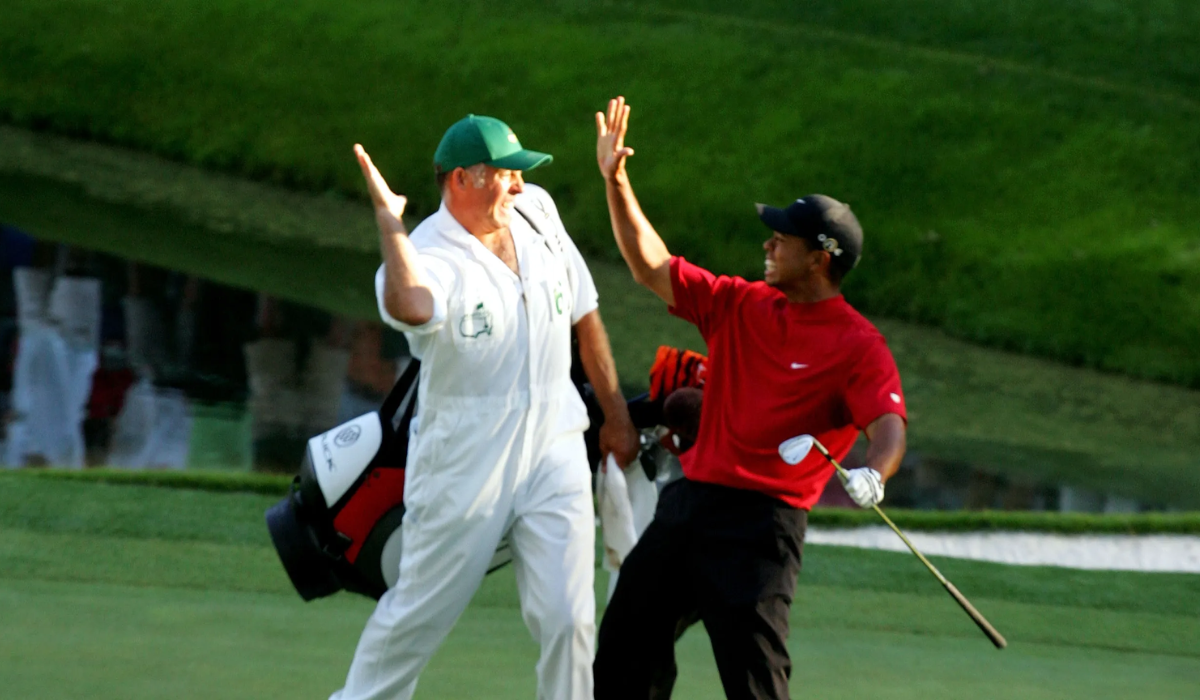
Golf’s history brims with player-caddie duos whose synergy rewrote record books. Steve Williams stood by Tiger Woods for over a decade, his sharp reads of courses like St Andrews — where Woods debuted as an amateur in 1995—helping forge a dynasty. Their partnership thrived on trust, with Williams often acting as both tactician and enforcer.

Meanwhile, Jim “Bones” Mackay spent 25 years with Phil Mickelson, guiding him through five majors, including the 2004 Masters at Augusta. Bones’ calm demeanour and knack for decoding the course’s fast greens—where a misread can send a ball tumbling—turned potential stumbles into triumphs. At Pinehurst No. 2 in North Carolina’s Sandhills, Martin Kaymer leaned on Craig Connelly in 2014, navigating the sandy wastes and turtleback greens of Donald Ross’ design to a U.S. Open rout. These bonds show how a caddie’s voice can elevate a player beyond their own limits.
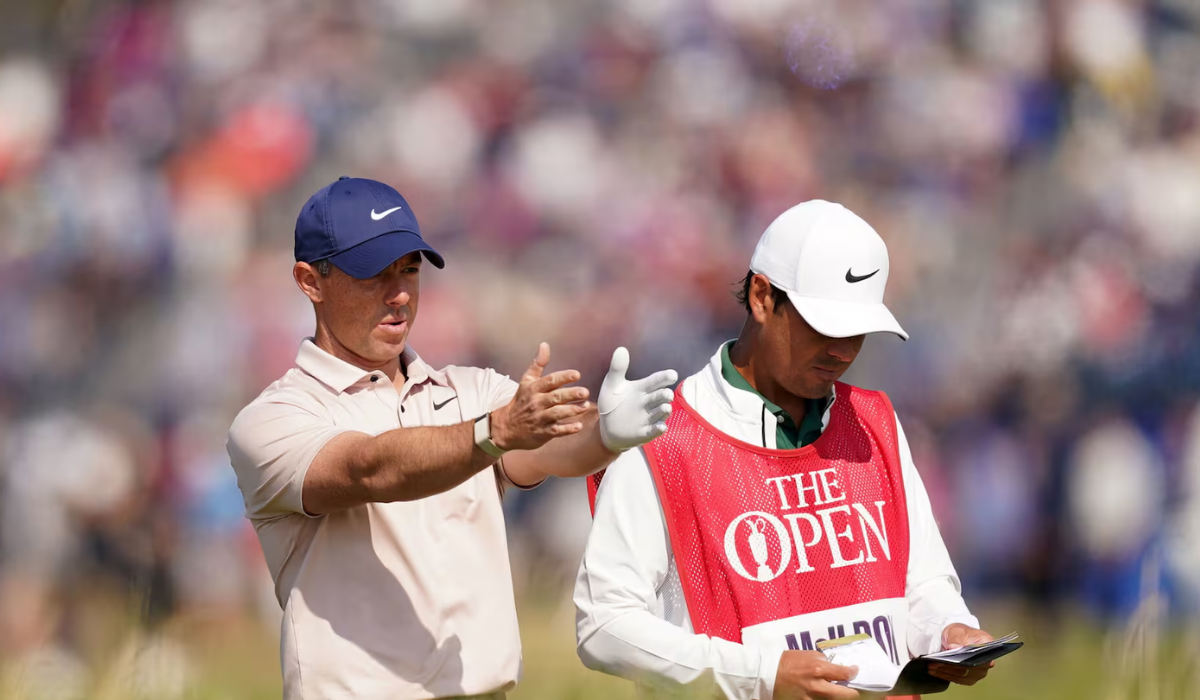
The modern game flirts with change, as GPS devices and rangefinders promise precision from a screen. At places like Pinehurst or Pebble Beach, where every slope and breeze defies data, some wonder if the caddie’s day is fading. Yet, the human touch endures. Rory McIlroy’s Harry Diamond and Jordan Spieth’s Michael Greller prove it, their instincts trumping tech in clutch moments. A rangefinder can’t sense a player’s frayed nerves or recall how Troon’s wind once blew a ball off the green, but a caddie can — and does. At Augusta, where the Masters unfolds amid Georgia’s spring splendour, or St Andrews, where history seeps from the sod, caddies remain the bridge between course and competitor, their art as vital as ever.
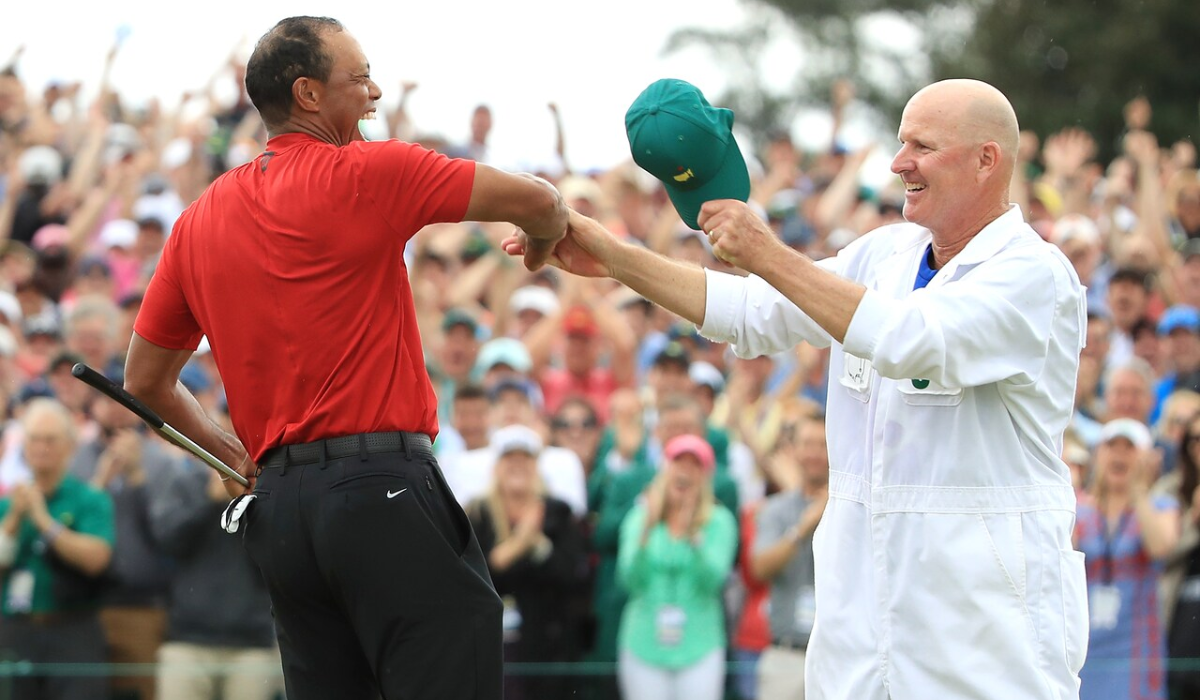
In the tapestry of golf, caddies are the threads that hold the pattern together, weaving past and present into every swing and putt. From the ancient dunes of St Andrews to the cliffside drama of Pebble Beach, they carry not just bags but the weight of tradition, strategy, and trust. They’ve guided legends like Woods and Palmer to immortality, their whispered advice echoing through the sport’s greatest moments. As technology advances, their role may evolve, but it will never vanish—because golf, at its core, is a human game, and caddies are its beating heart. So the next time a champion stands victorious, spare a nod for the unsung hero at their side, the one who carried them there.